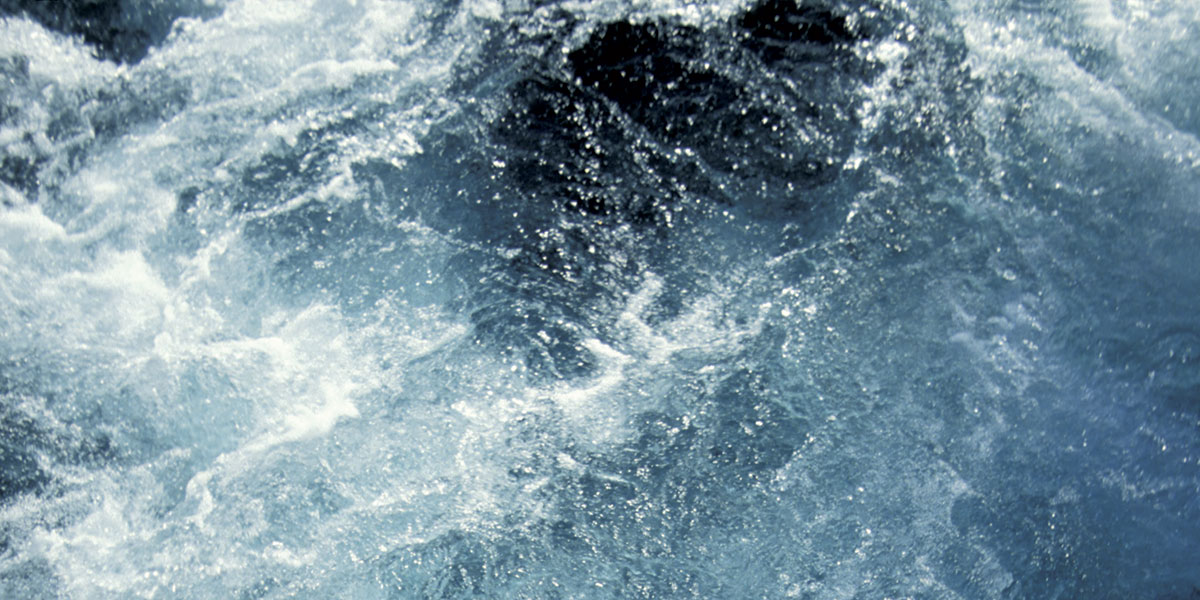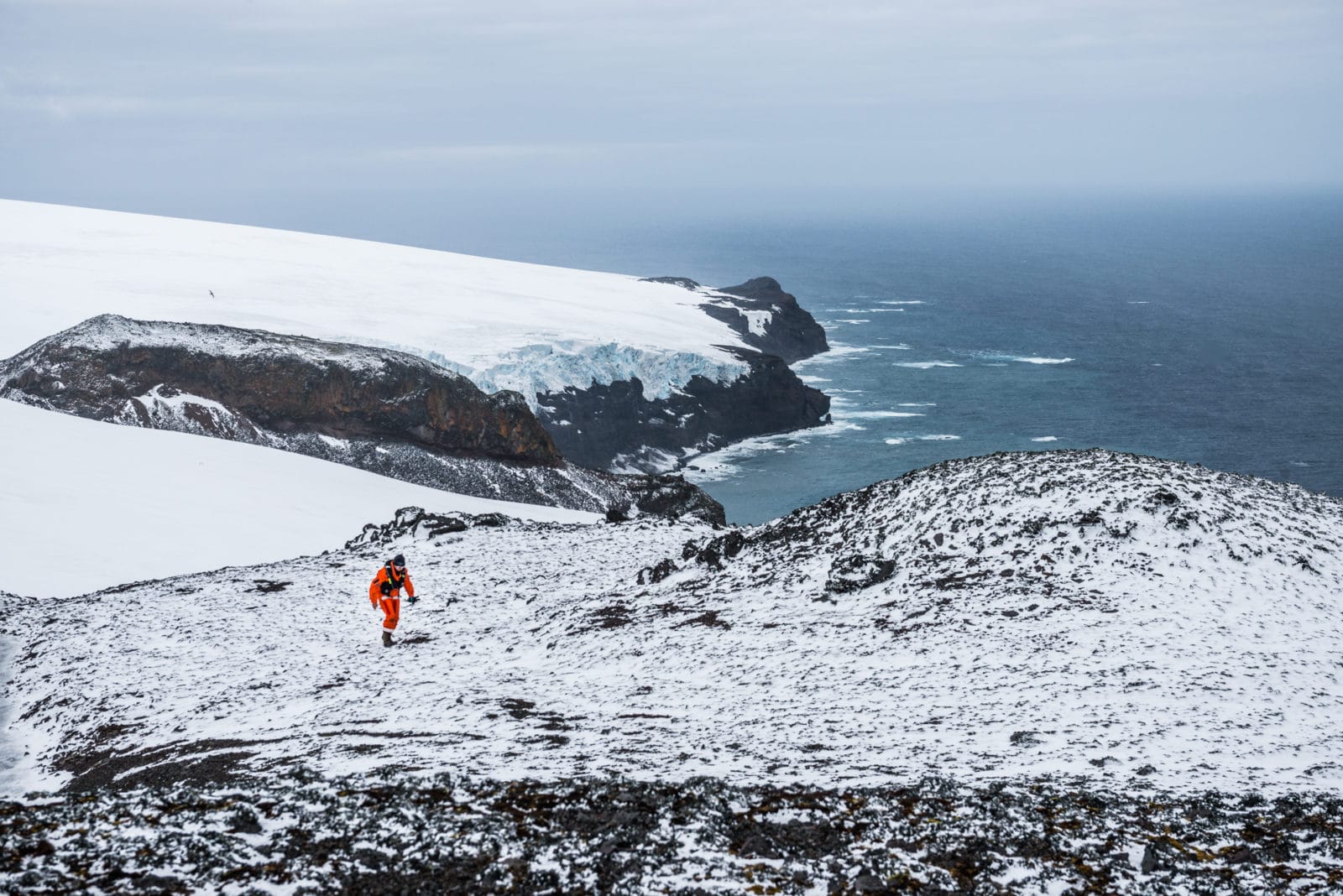


Brief description and intermediate results
The capacity of the Southern Ocean to absorb anthropogenic CO2 has recently been limited (according to some models) by an observed increase in the strength of the Southern Hemisphere Westerly Winds (SHW) which is drawing CO2 saturated waters back to the surface. The proposed positive climate feedback between winds and CO2 means that the ocean may no longer function as a net sink of CO2, driving up atmospheric greenhouse gases and accelerating rates of global warming. Thus reconstructing past changes (and the range of natural variability), in the strength and position of the SHW, and evaluating the performance of the conflicting models, is now a major priority for palaeoclimate science.
 Scientist getting peat samples on Bouvet Island
Scientist getting peat samples on Bouvet Island
Recognising the urgency of this issue, we have instigated a series of linked projects studying the history of the SHW around the Southern Ocean to reconstruct past climate variability from peat records. These peat records are from the west coasts of sub-Antarctic islands (which are the only places in the core belt of the SHW, e.g. Marion Island, Île Kerguelen, Diego Ramirez, Bird Island). They are radiocarbon dated and analysed for novel diatom and testate amoebae based proxies which record changes in salinity from wind-driven sea spray, together with standard measurements of aerosols (sea-spray salts, local/distal mineral dust particles) and geochemistry. Combined, these proxies provide reliable reconstructions of changing wind strength through the major transition into the current interglacial (last 12ka) and changes in the last 1000 years; periods associated with major shifts in atmospheric CO2 concentrations.
Using the same methods on each of the islands will ensure that the data can be incorporated into Global Climate Model simulations and can be reliably compared with independent (e.g. ice core) records of CO2 and temperature, and past ocean upwelling (from marine sediment cores). These will help us understand the drivers of past changes in the SHW and atmospheric CO2.

Dominic A. Hodgson
British Antarctic Survey, UK
Southern Ocean westerly winds and the global CO2 sink
- British Antarctic Survey (UK)
- Universities of Exeter and Cambridge (UK
- Oeschger Centre, University of Bern (CH)
- ANSTO: Australian Institute of Nuclear Science and Engineering (Australia)
- Dept. Biology, University of Ghent (Belgium)
- Lab. Ecologie Fonctionnelle et Environ. (CNRS) Universtity of Toulouse (France)
- Earth and Environmental Sciences,
- Lehigh University (USA)
- Quaternary Science,
- Lund University (Sweden)